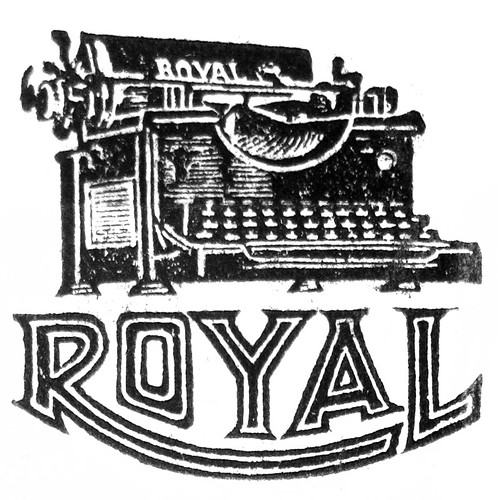- TypewriterGuy
- Typewriter Talk Vet
 Offline
Offline 
- From: United States
- Registered: 24-4-2015
- Posts: 1,250
Replacement Drawband Material Question
I have two different materials on hand. Twine, the plastic type, or fishing line (Unknown lbs test). What would be better? They both seem pretty strong for me... Its for a Royal Model 10.
Back from a long break.
Starting fresh with my favorite typer. A Royal Futura!
- Fleetwing
- Typewriter Talk Vet
 Offline
Offline - From: Hartford, CT USA
- Registered: 30-6-2015
- Posts: 1,022
Re: Replacement Drawband Material Question
- TypewriterGuy
- Typewriter Talk Vet
 Offline
Offline 
- From: United States
- Registered: 24-4-2015
- Posts: 1,250
Re: Replacement Drawband Material Question
I ended up using the twine, and its working well.
Back from a long break.
Starting fresh with my favorite typer. A Royal Futura!
- •
- Fleetwing
- Typewriter Talk Vet
 Offline
Offline - From: Hartford, CT USA
- Registered: 30-6-2015
- Posts: 1,022
Re: Replacement Drawband Material Question
That's the important thing. Well done.
- TypewriterGuy
- Typewriter Talk Vet
 Offline
Offline 
- From: United States
- Registered: 24-4-2015
- Posts: 1,250
Re: Replacement Drawband Material Question
Just wondering, anyone know why people do use 60 lbs fishing line? Regular fishing line seems pretty strong...
Thanks fleet for posting!
Back from a long break.
Starting fresh with my favorite typer. A Royal Futura!
- •
- Fleetwing
- Typewriter Talk Vet
 Offline
Offline - From: Hartford, CT USA
- Registered: 30-6-2015
- Posts: 1,022
Re: Replacement Drawband Material Question
Yeah, it might be overkill somewhat, but err on the side of caution, I suppose.
- Spazmelda
- Key Master
 Offline
Offline 
- From: Ohio
- Registered: 25-2-2015
- Posts: 830
Re: Replacement Drawband Material Question
What was originally used for drawbands? I've not had to replace one yet, and if I did I'd probably go for fishing line. I'm just curious what used to be used. Ones I've looked at closely appear to be waxed thread similar to bookbinding linen.
- TypewriterGuy
- Typewriter Talk Vet
 Offline
Offline 
- From: United States
- Registered: 24-4-2015
- Posts: 1,250
Re: Replacement Drawband Material Question
Origanally they used thickly threaded cotton shoe laces (What it looks like ![]() ) and cat gut (So I heard, never seen one, hope I never do...).
) and cat gut (So I heard, never seen one, hope I never do...).
I used the twine cause its for those big round bales of hay, and its braided plastic threads (I think), and the fishing line was strecthing a bit in my hands. The twine seems strong enough for the job, and it (hopfully) wont be shredded in 80 years from age.
Back from a long break.
Starting fresh with my favorite typer. A Royal Futura!
- •
- TypewriterKing
- Inactive Account
 Offline
Offline - From: DeepInTheHeartO', Texas
- Registered: 17-2-2016
- Posts: 1,011
Re: Replacement Drawband Material Question
Contrary to popular belief, catgut is NOT made from the intestines of cats. It is made from the twisted and dried intestines of sheep and horses, and was VERY commonly used in drawbands. It was quite strong, and in some of my machines, it is still in use after over 100 years. I'm not sure when they came out with the synthetic materials, but they used catgut for drawbands, leather for typebar rests, wood for space bars and tab bars, glass and bakelite for keys. Ahh, the good old days. Oh, and one other interesting side note: I once used a woman's costume metal band necklace as a drawband for a Remington J-series typewriter. It worked pretty good.
Underwood--Speeds the World's Bidness

 1 of 1
1 of 1